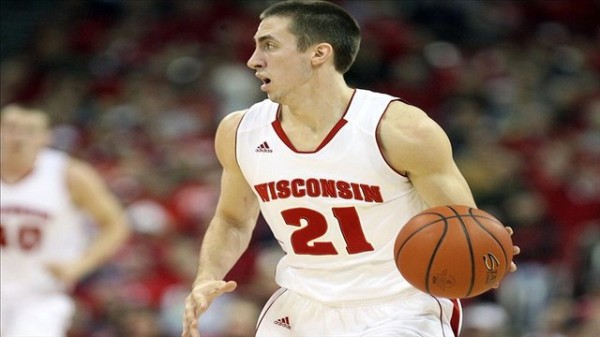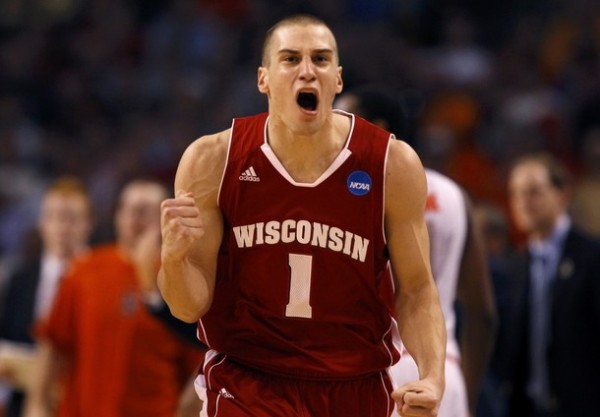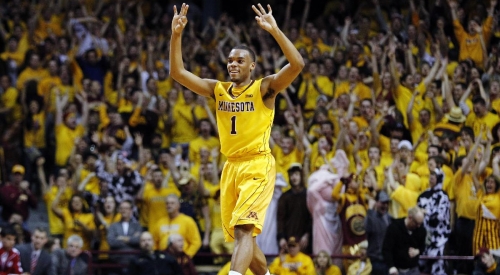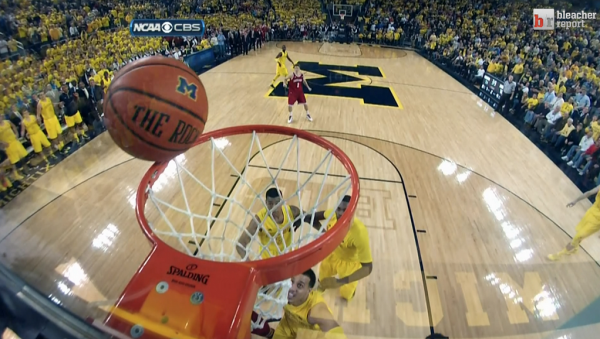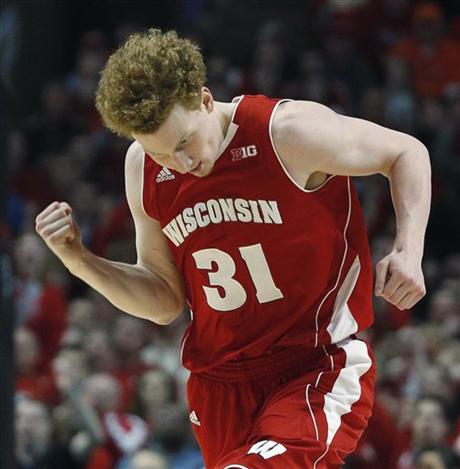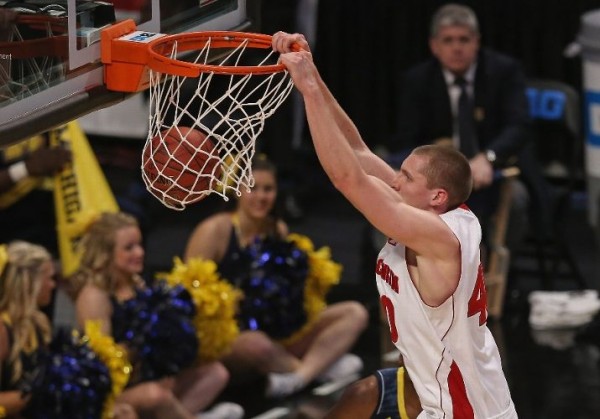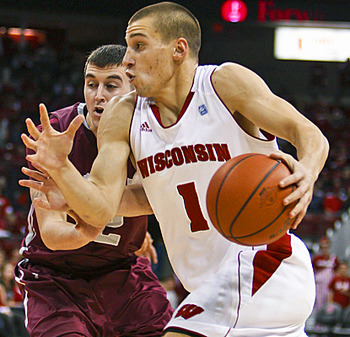Wisconsin Guards Provide Stability With Rebounding
Posted by Deepak Jayanti (@dee_b1g) on November 16th, 2013Extrapolating a trend based on a small sample size is usually not recommended in statistics. However, after just three games, we can highlight a few interesting anomalies among the Big Ten teams. Going into tonight’s game against Green Bay, Wisconsin’s rebounding is a topic worth evaluating after two wins over St.John’s and Florida. The Badgers were not outrebounded in either game, but surprisingly, it was their guards who were the dominant rebounders on both nights — Josh Gasser, Traevon Jackson and Ben Brust combined for 15 boards against St. John’s and 18 boards against Florida. After the departure of Jared Berggren, it was unclear if Frank Kaminsky could be a legitimate replacement on the glass, but if the guards combine to average 15 boards per game, they may just be fine without a true big man inside.
It shouldn’t be surprising that Brust and Jackson are good rebounders based off last season’s results, but Gasser’s return certainly helps Ryan’s defensive unit. Because of his rebounding abilities, Ryan can play a three-guard lineup with Sam Dekker at the power forward position. Dekker is a “stretch-four,” and is not a rebounding force of nature by any means, but he can light it up offensively with the best of them (averaging 16 PPG so far this season). With the guards hitting the defensive glass, Dekker doesn’t need to worry about rebounding and can just focus on carrying the bulk of the offensive load. Another area where he can benefit from the guards’ rebounding abilities is in transition. He can take off as soon as Gasser or Brust hit the boards, which should spark more fast break opportunities for the Badgers. The third guard can take the outlet pass and start running, which will help the Badgers pick up a few easy baskets. This style would also help Frank Kaminsky, who runs the floor very well for a big man. It is unclear if this trend will continue and if Wisconsin’s tempo will actually increase over the long haul, but so far this season Bo Ryan’s group is using a couple more possessions per game than last year.





























